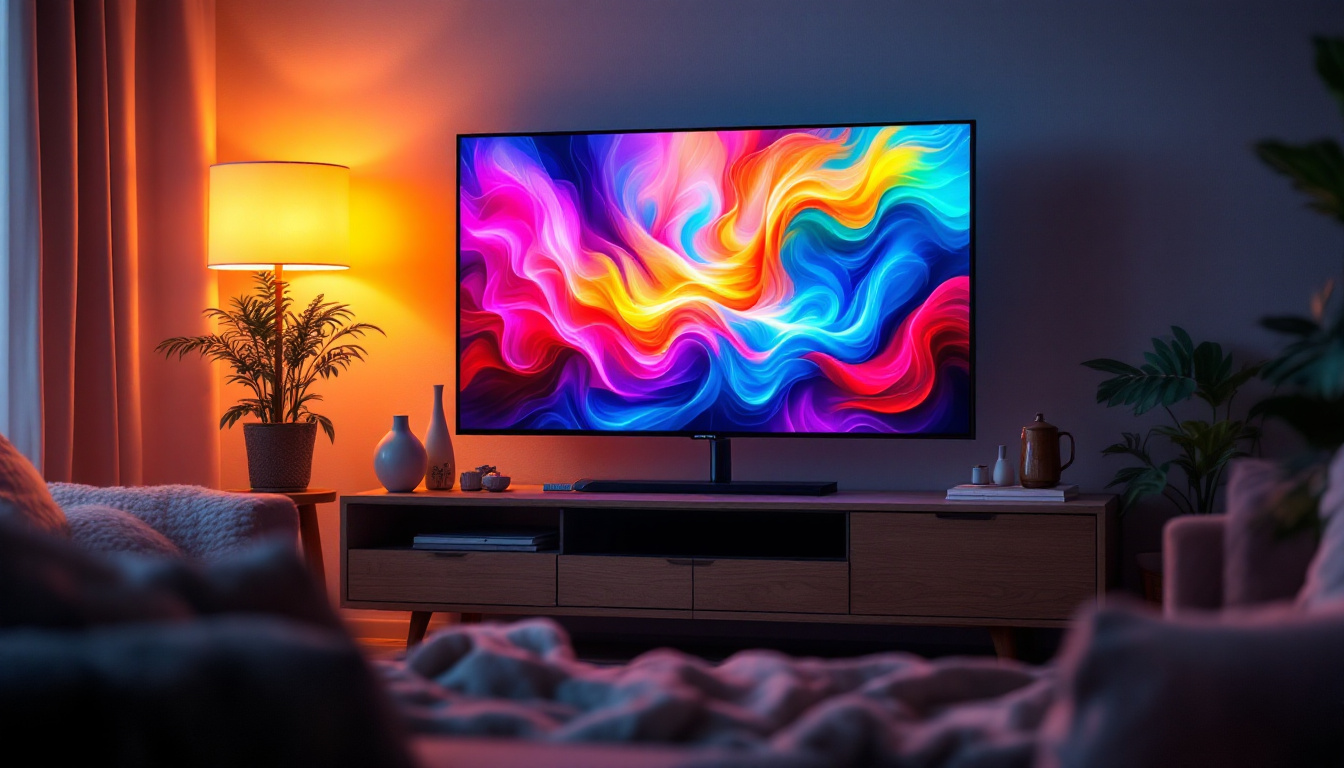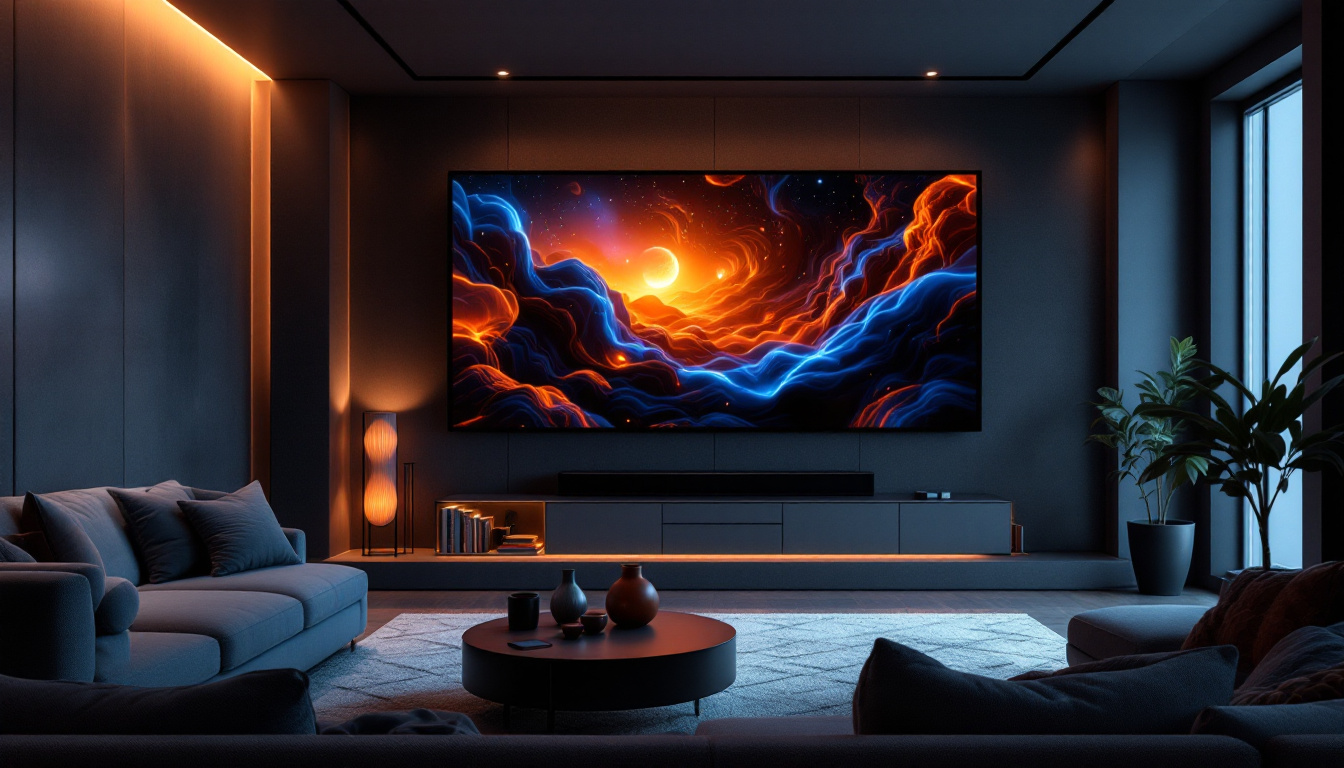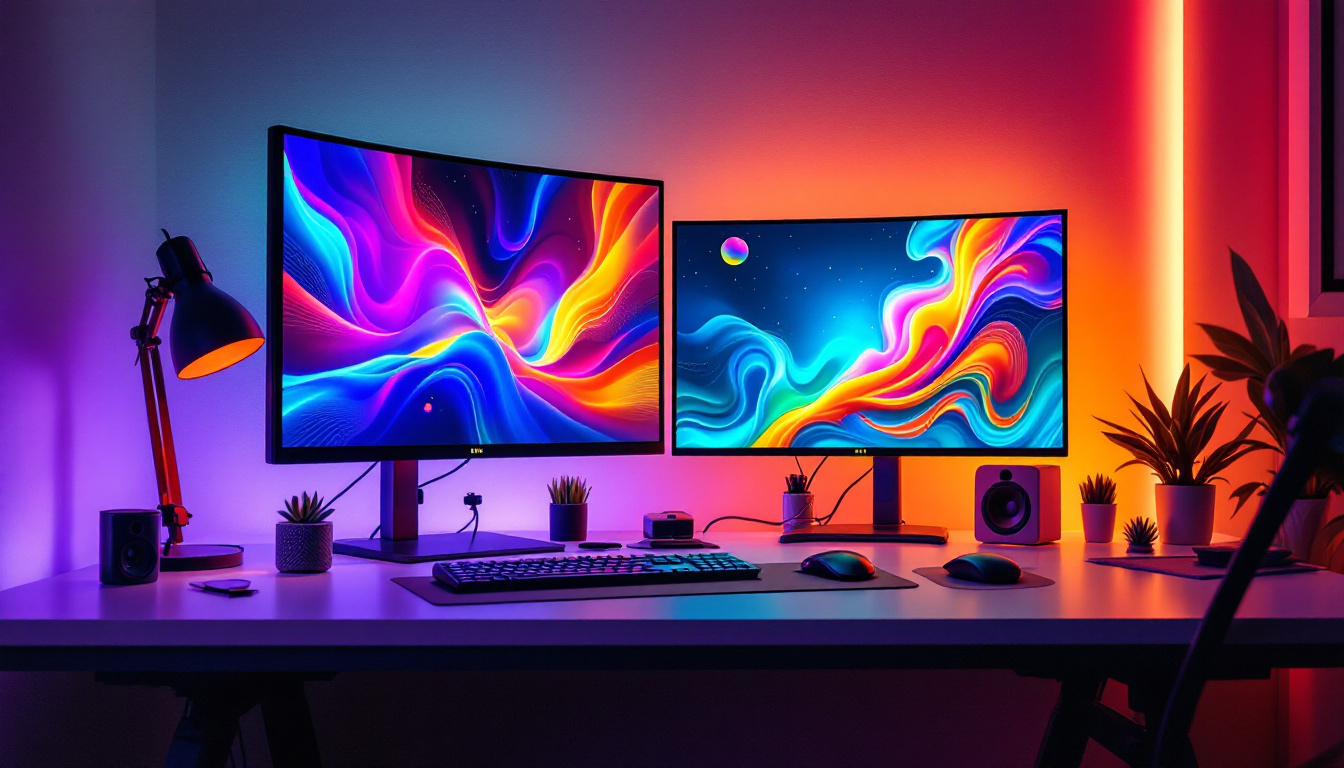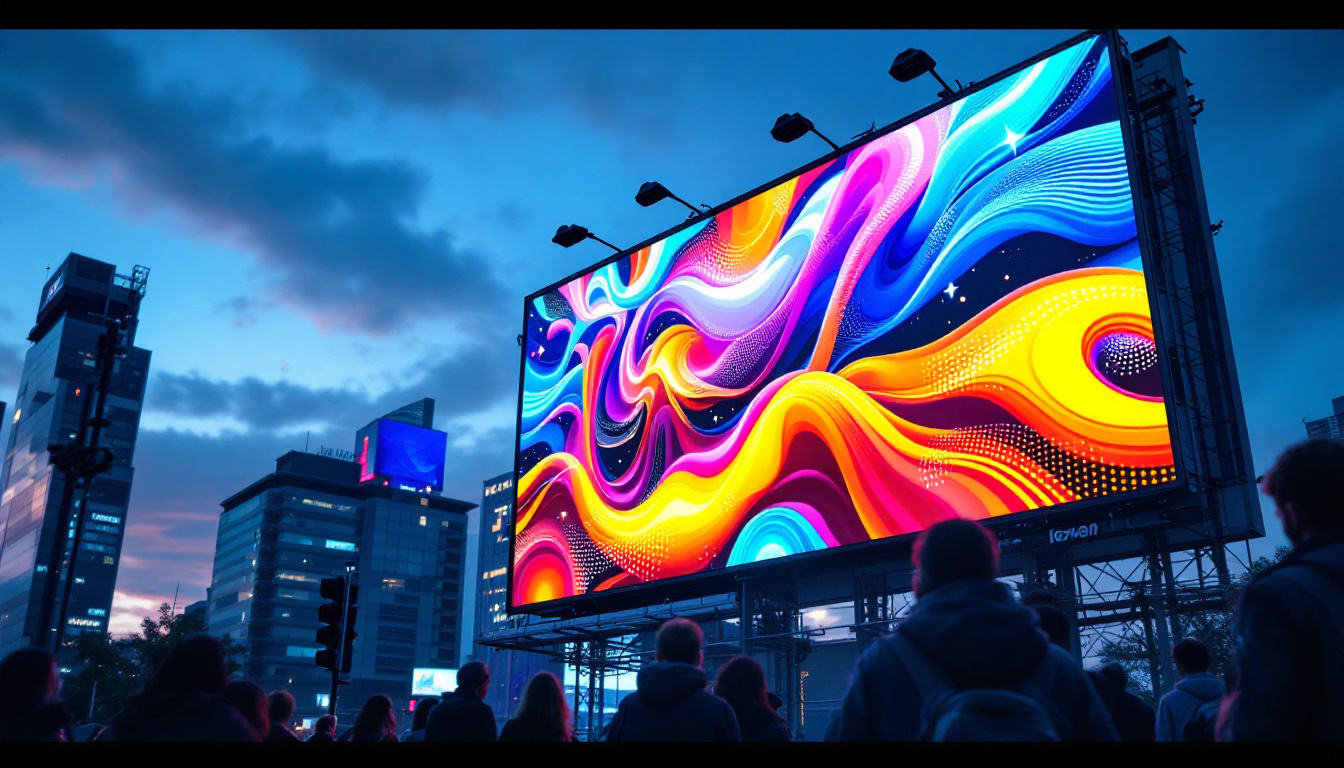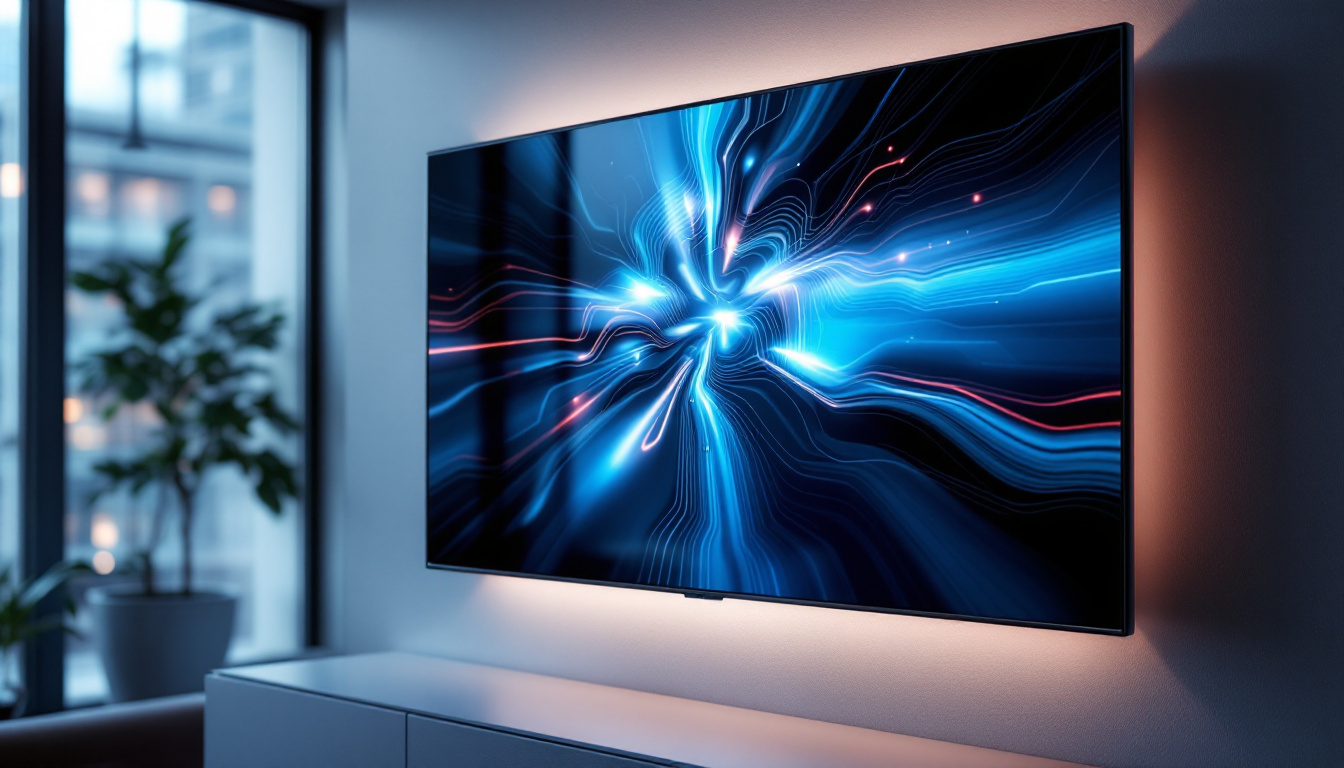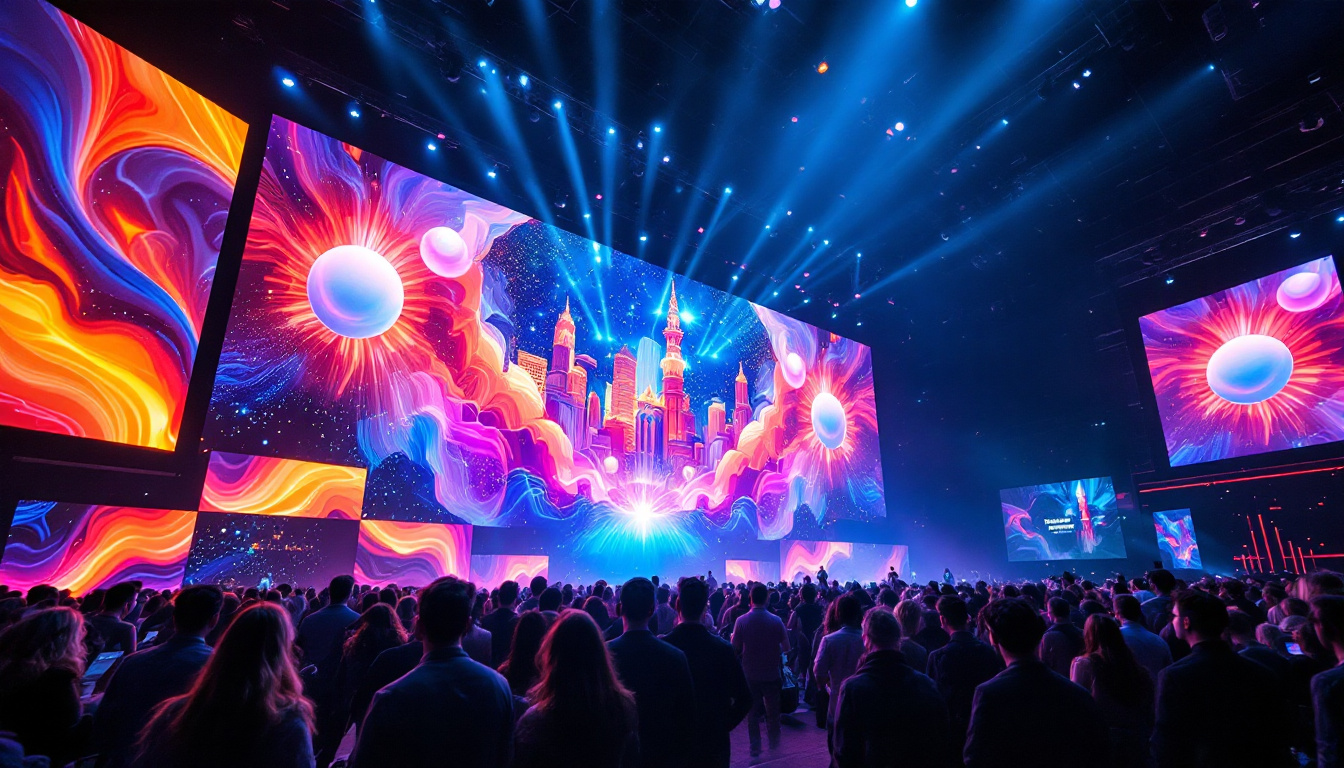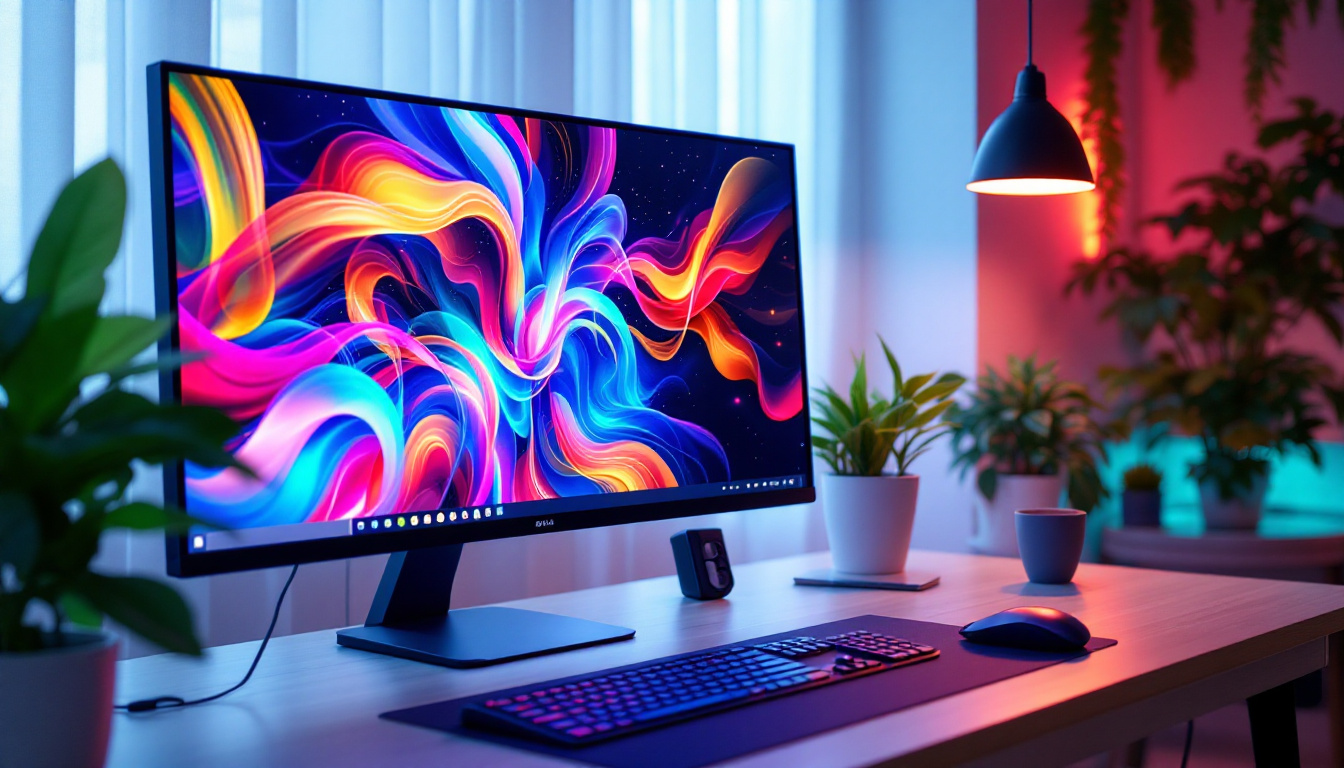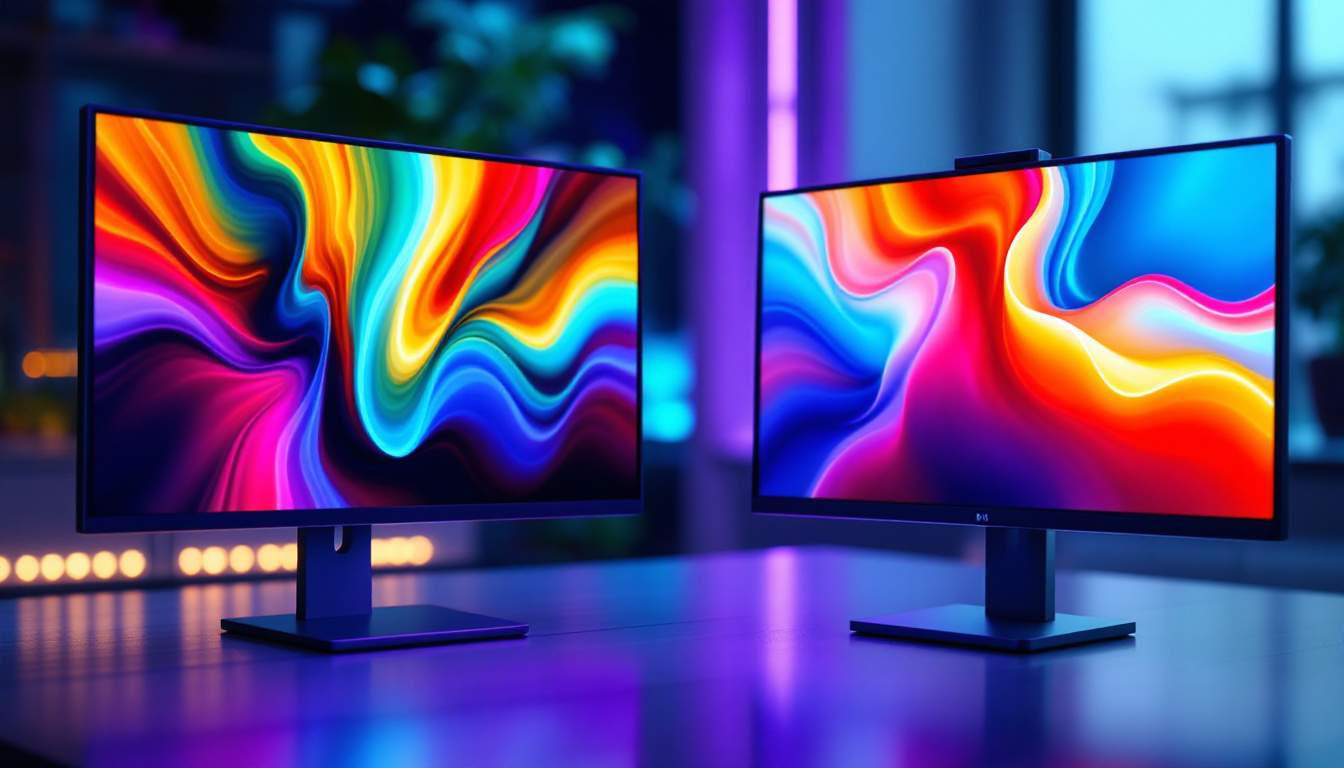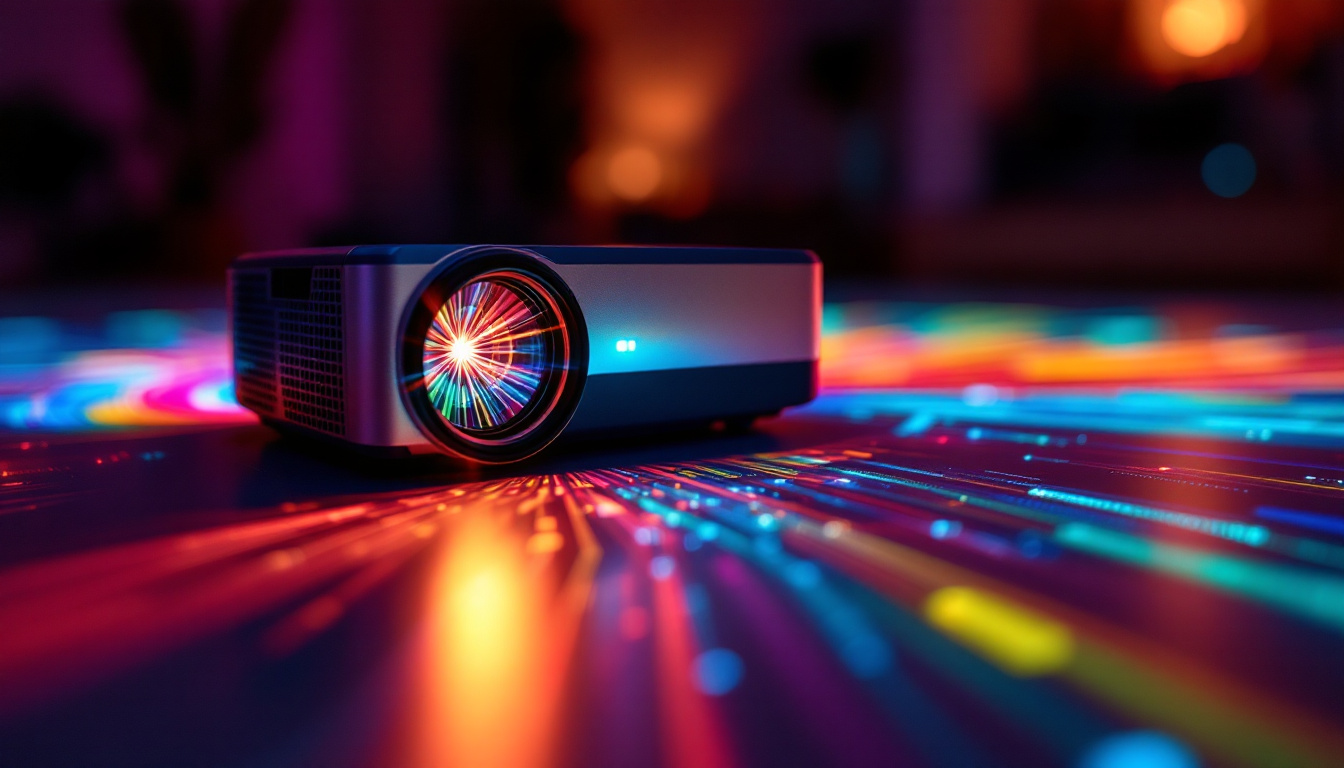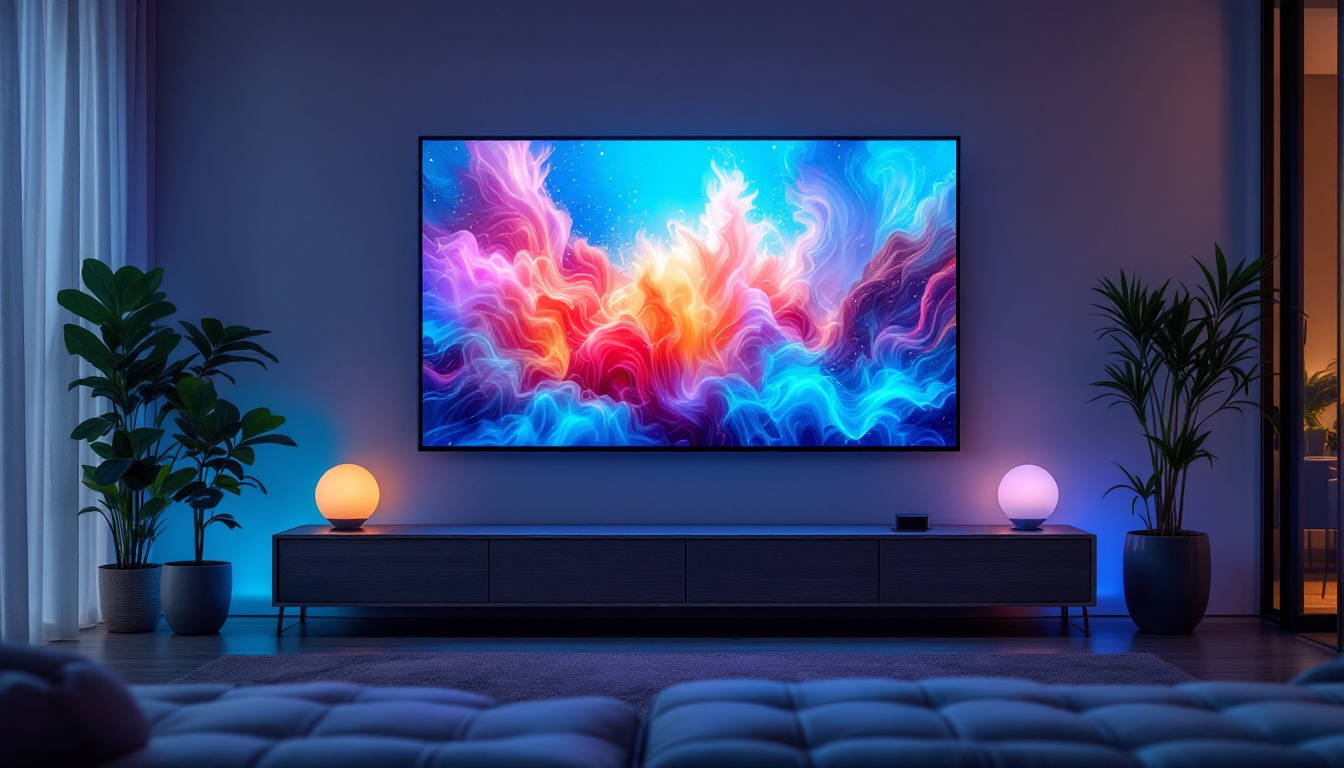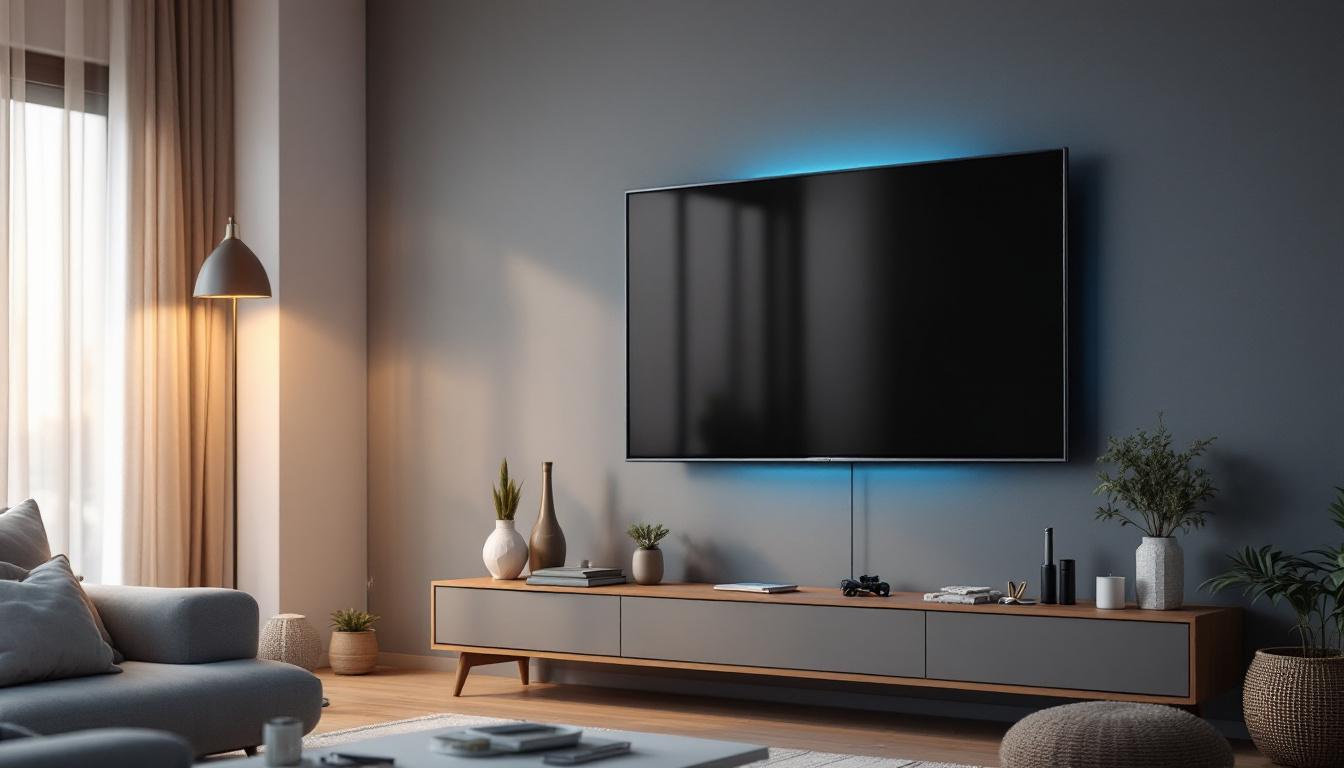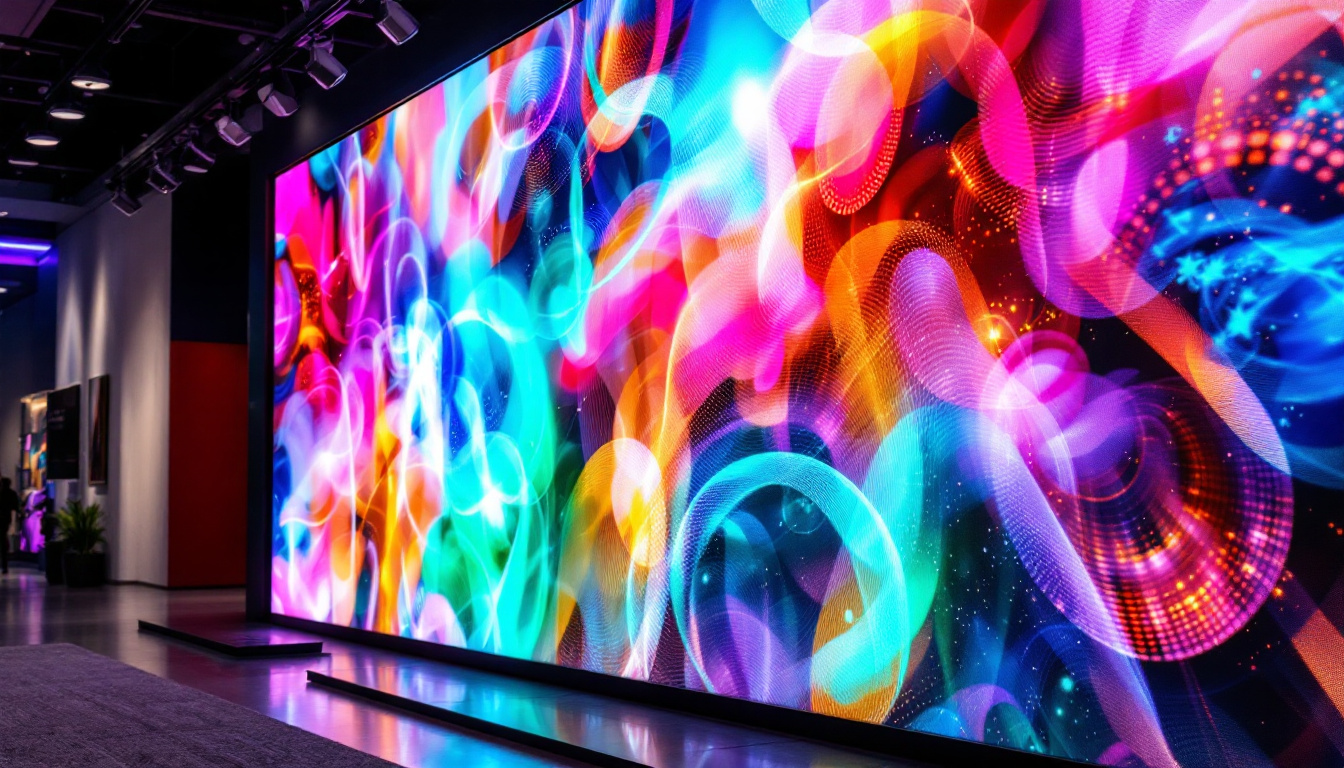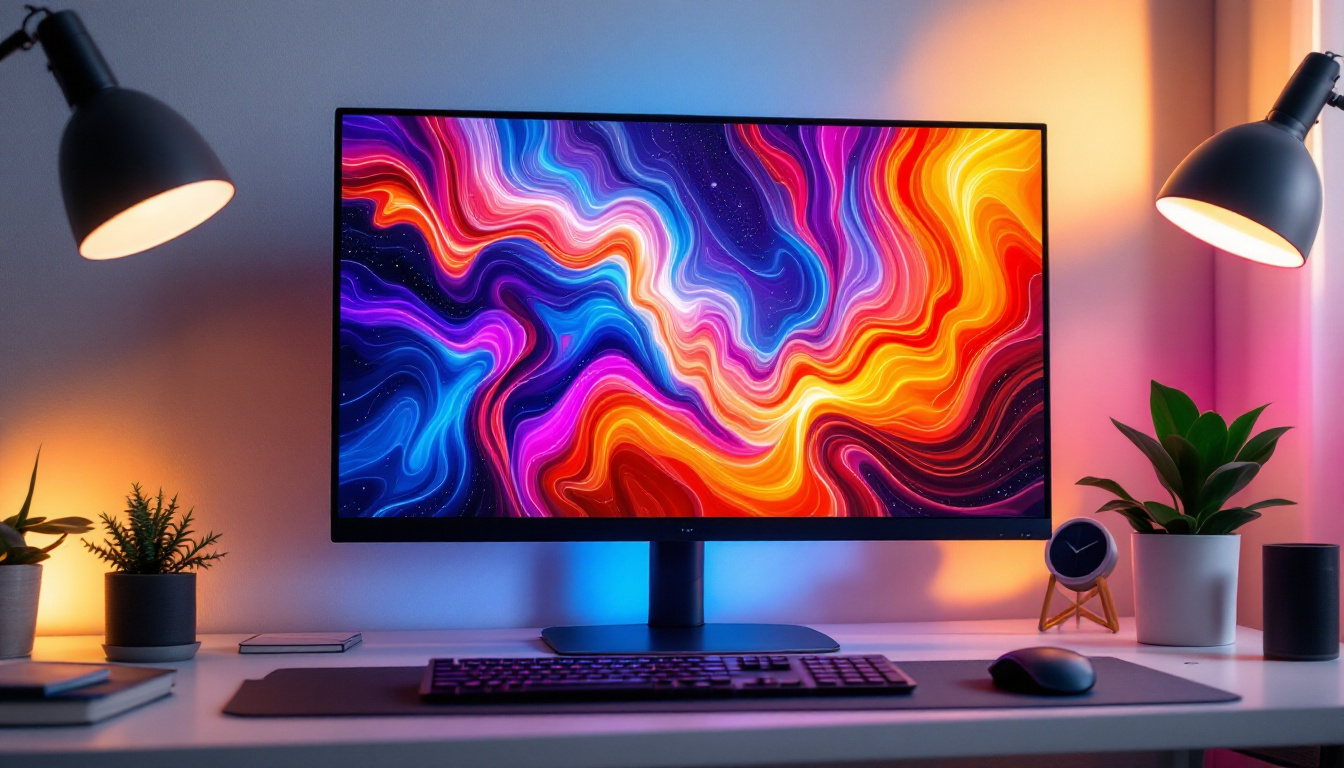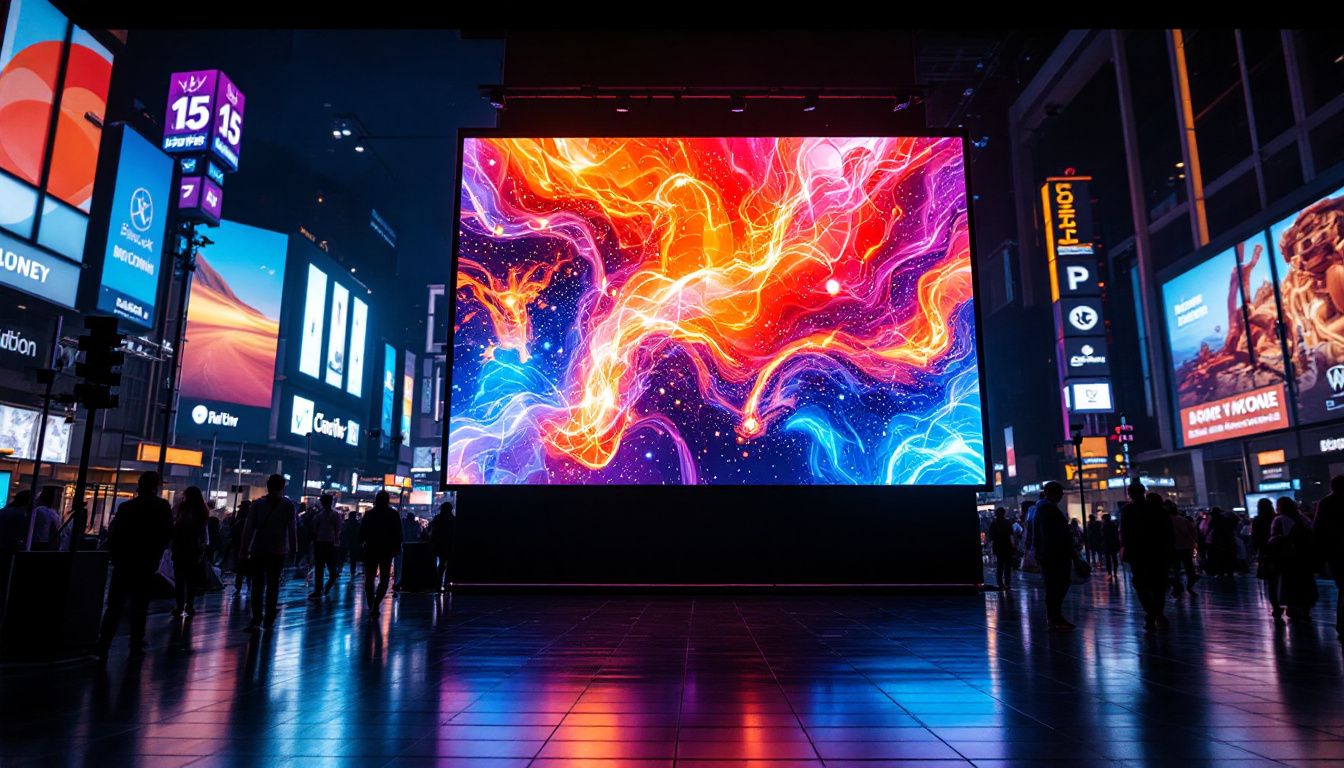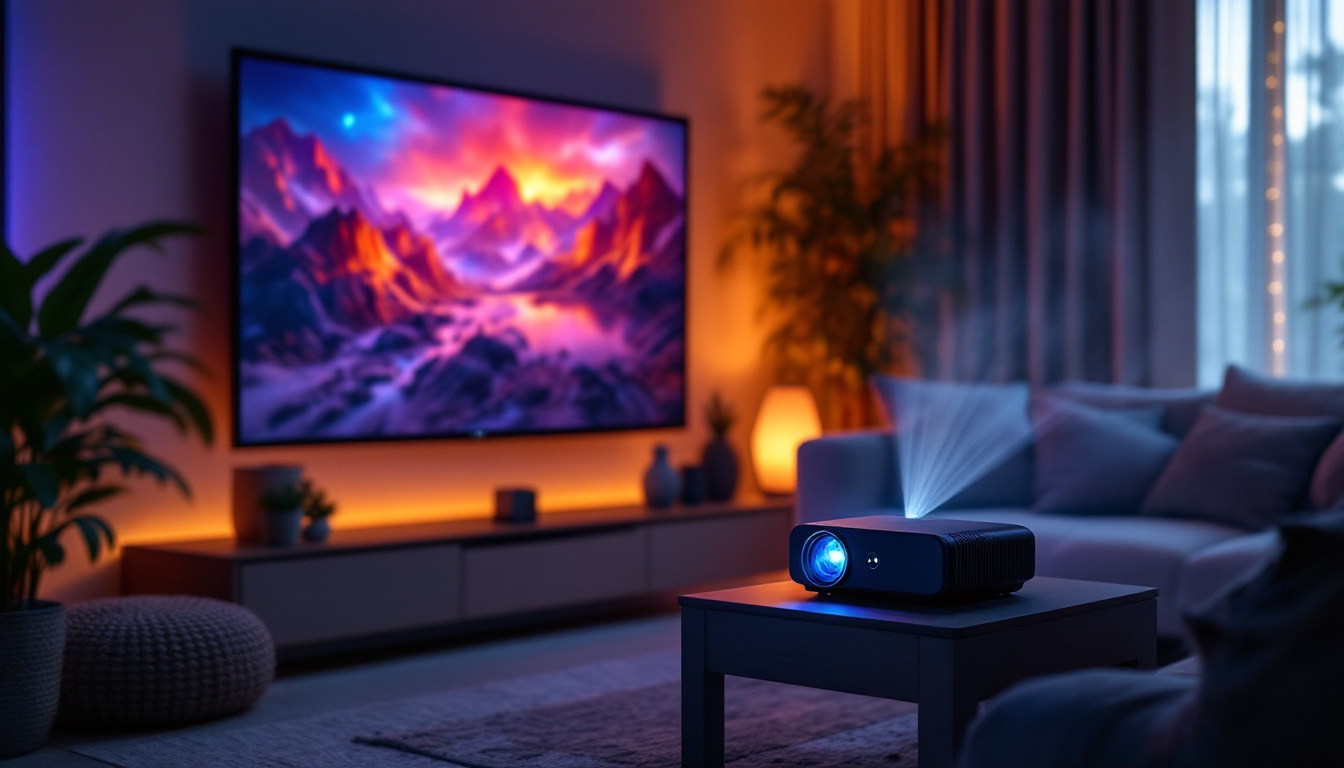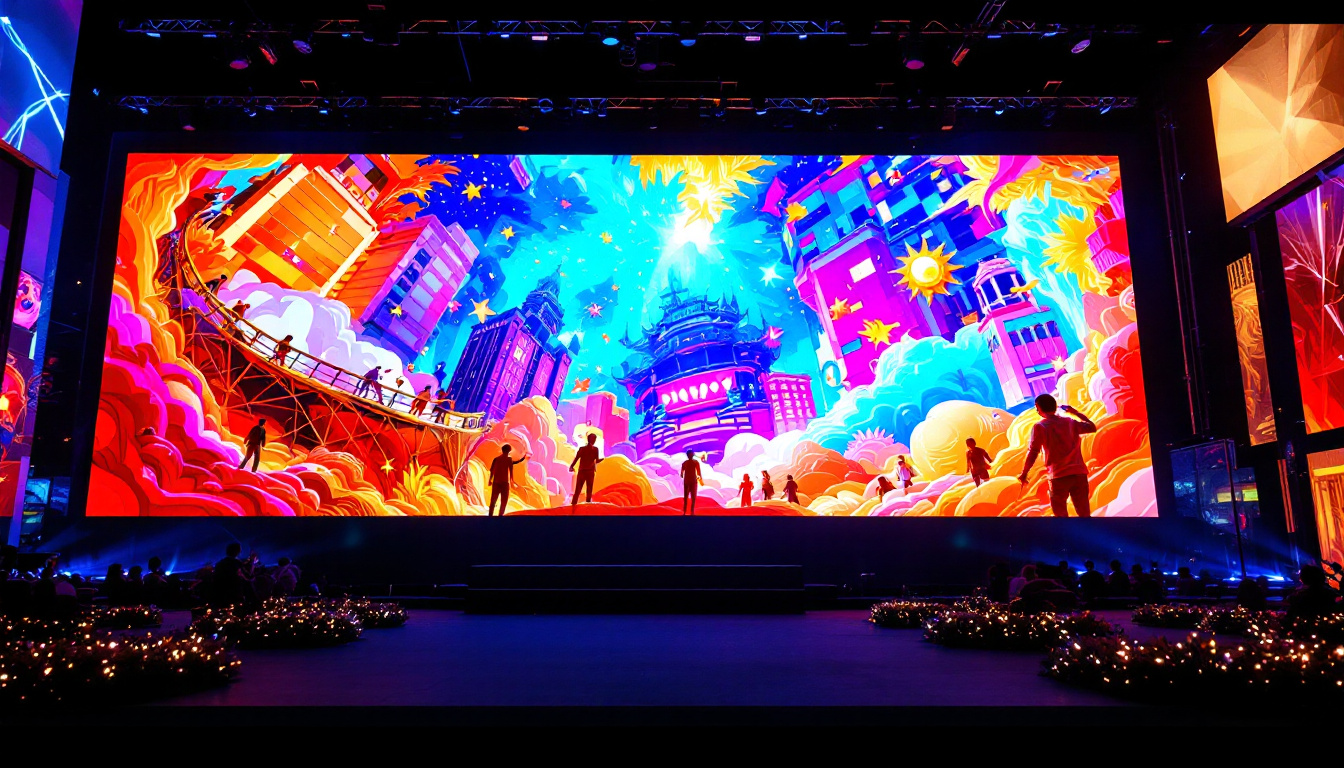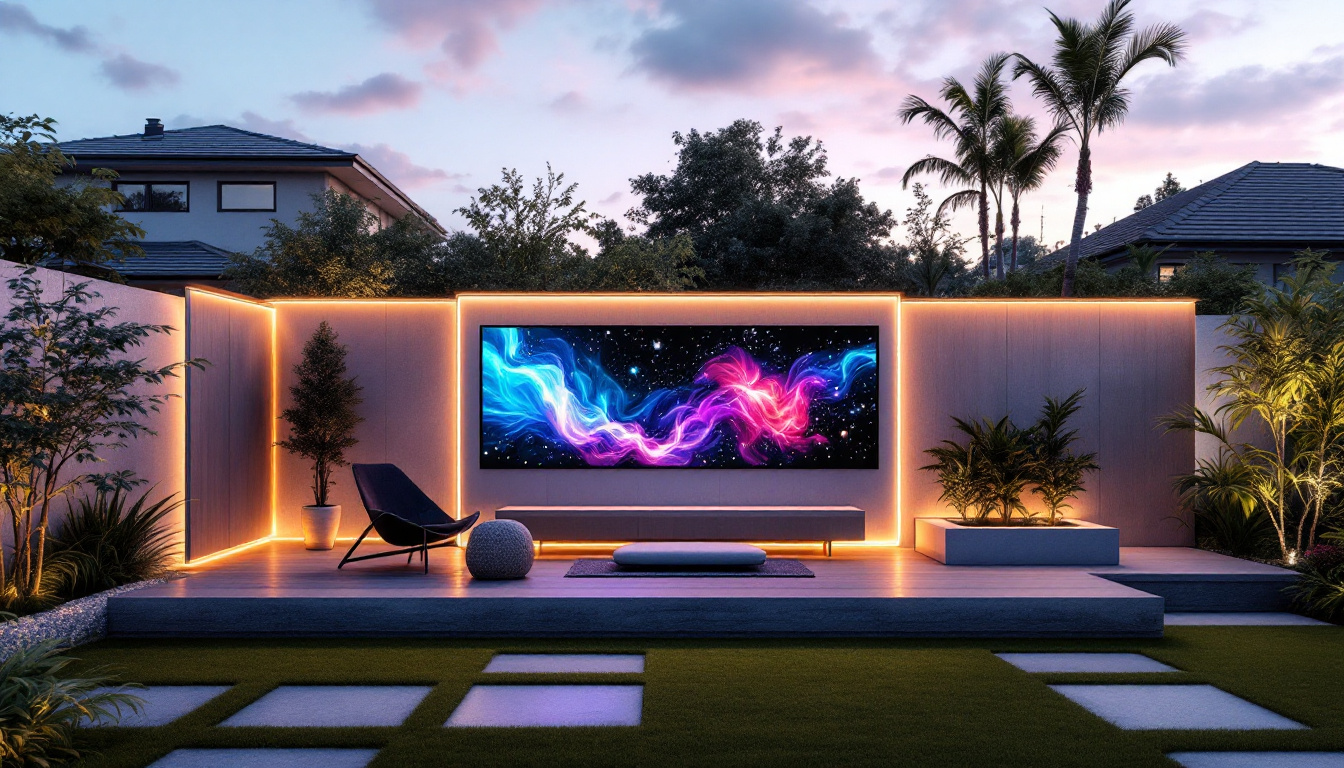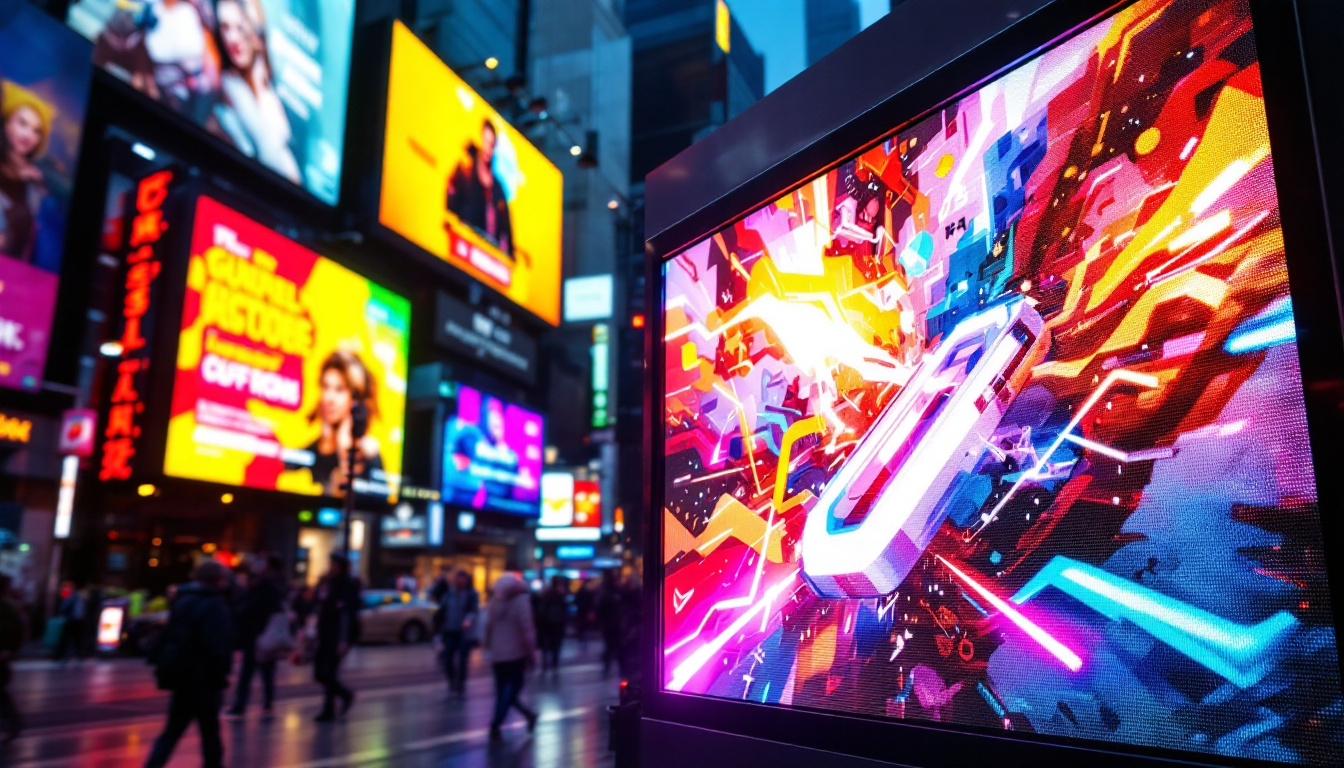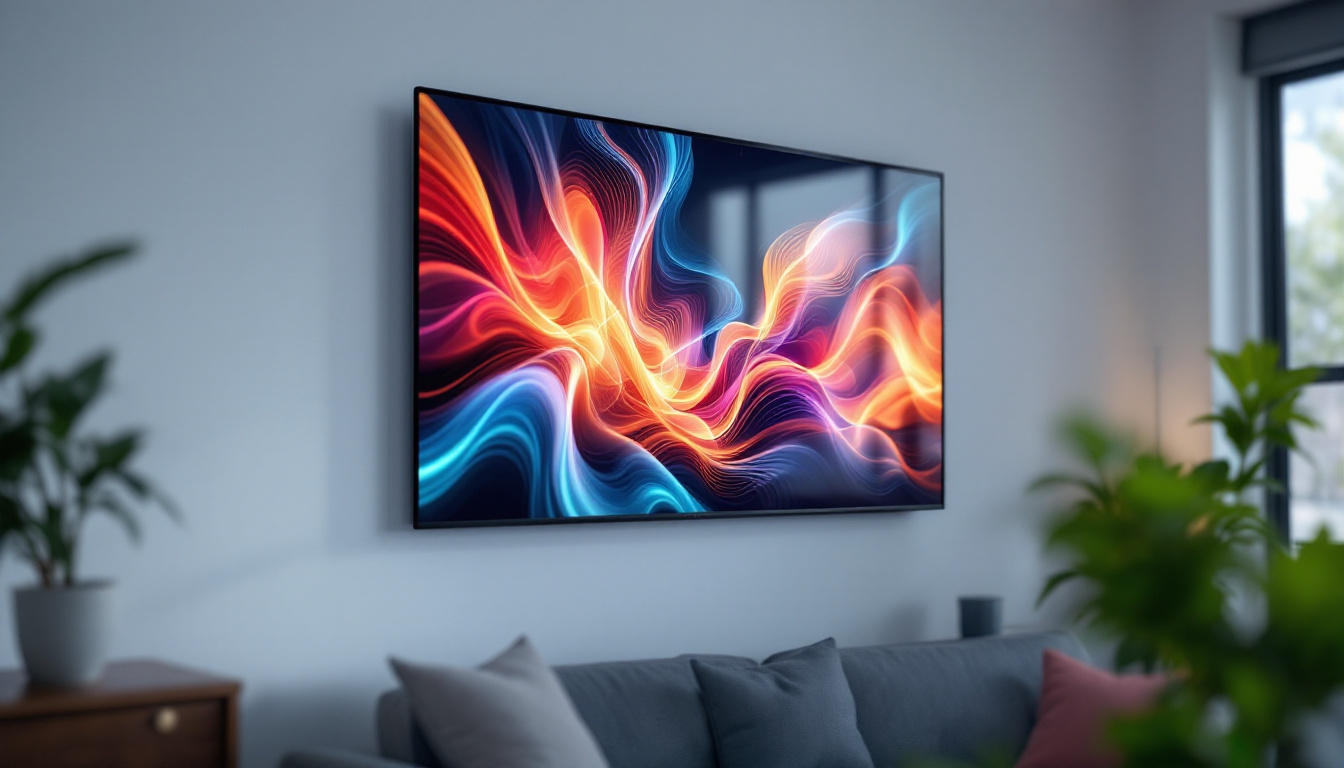Power Consumed By LED TV: LED Display Explained
In recent years, LED TVs have become a popular choice for consumers seeking high-quality displays with energy efficiency. Understanding the power consumption of these devices is crucial for making informed decisions about home entertainment systems. This article delves into the intricacies of LED technology, its power consumption, and how it compares to other display types.
Understanding LED Technology
Light Emitting Diode (LED) technology has revolutionized the way we view content on screens. Unlike traditional LCDs that rely on fluorescent backlighting, LED TVs use an array of tiny light-emitting diodes to create images. This not only enhances picture quality but also contributes to energy efficiency. The vibrant colors and deeper blacks achieved through LED technology provide a more immersive viewing experience, making it a popular choice for both casual viewers and avid gamers alike.
The Basics of LED Displays
LED displays can be categorized into two main types: edge-lit and backlit. Edge-lit LED TVs have diodes placed along the edges of the screen, which allows for a thinner design. On the other hand, backlit LED TVs have diodes positioned directly behind the screen, providing more uniform brightness and better contrast. This distinction is crucial for consumers who prioritize picture quality, as backlit models tend to offer superior performance in darker environments, reducing the risk of light bleed and enhancing overall image clarity.
Both types utilize liquid crystal displays (LCD) to create images, but the way they illuminate the screen differs significantly. This distinction impacts not only the visual experience but also the power consumption of the television. Additionally, many modern LED TVs come equipped with features such as local dimming, which allows for selective dimming of specific areas of the screen, further enhancing contrast and depth in the displayed images. Such advancements are particularly beneficial for watching movies or playing video games, where detail in shadows and highlights can significantly affect the overall experience.
How LED Technology Works
LED technology operates by passing an electric current through a semiconductor material, which then emits light. This process is highly efficient, as it converts a significant portion of the energy consumed into visible light. In contrast, older technologies, such as cathode ray tubes (CRTs), wasted a considerable amount of energy as heat. The longevity of LED lights also plays a critical role in their appeal; with lifespans often exceeding 25,000 hours, consumers can enjoy years of use without the need for frequent replacements.
The efficiency of LED technology contributes to lower power consumption, making it a preferred choice for eco-conscious consumers. Moreover, advancements in LED technology continue to improve energy efficiency, further reducing the environmental impact of television usage. Innovations such as quantum dot technology are being integrated into LED displays, enhancing color accuracy and brightness without significantly increasing energy consumption. As manufacturers strive to meet growing consumer demand for sustainability, the evolution of LED technology is likely to play a pivotal role in shaping the future of display technologies, paving the way for even more eco-friendly options that do not compromise on performance or quality.
Power Consumption of LED TVs
The power consumption of LED TVs can vary significantly based on several factors, including screen size, brightness settings, and usage patterns. Understanding these variables is essential for estimating energy costs and making environmentally friendly choices.
Factors Affecting Power Consumption
1. **Screen Size**: Larger screens typically consume more power than smaller ones. For example, a 55-inch LED TV may use around 100 watts, while a 32-inch model might only require 50 watts. This difference highlights the importance of choosing a size that fits both the viewing area and energy consumption goals.
2. **Brightness Settings**: The brightness level of an LED TV can significantly impact power usage. Higher brightness settings increase power consumption, while lower settings can help reduce it. Many modern TVs offer energy-saving modes that adjust brightness based on ambient light conditions, optimizing power usage without sacrificing picture quality.
3. **Usage Patterns**: How often and for how long a TV is used also plays a crucial role in overall power consumption. A television that is used for several hours daily will naturally consume more energy than one that is used sparingly. Understanding personal viewing habits can help in estimating energy costs more accurately.
Average Power Consumption
On average, LED TVs consume between 30 to 100 watts during regular operation. However, this range can vary based on the factors mentioned earlier. For instance, a 65-inch LED TV may consume around 120 watts, while a smaller model could be as low as 30 watts. It’s important for consumers to check the specifications of their chosen model to understand its power requirements better.
To put this into perspective, if an LED TV consumes 100 watts and is used for 5 hours a day, it would consume approximately 0.5 kilowatt-hours (kWh) daily. Over a month, this translates to about 15 kWh, which can help consumers estimate their electricity costs.
Comparing LED TVs to Other Display Technologies
When considering power consumption, it’s essential to compare LED TVs to other display technologies, such as OLED and plasma. Each technology has its advantages and disadvantages regarding energy efficiency and overall performance.
LED vs. OLED
Organic Light Emitting Diode (OLED) technology offers superior picture quality, with deeper blacks and more vibrant colors. However, OLED displays tend to consume more power, particularly at higher brightness levels. This is because each pixel in an OLED screen emits its own light, leading to increased energy consumption when displaying bright images.
In contrast, LED TVs, especially those with local dimming features, can achieve impressive contrast ratios while maintaining lower power consumption. For consumers focused on energy efficiency, LED technology may be the more suitable choice.
LED vs. Plasma
Plasma TVs were once known for their excellent color reproduction and wide viewing angles. However, they are generally less energy-efficient than LED TVs. Plasma screens consume more power, particularly when displaying bright images, and they also generate more heat. As a result, LED technology has largely replaced plasma displays in the market.
In summary, while OLED and plasma technologies offer unique advantages, LED TVs remain the most energy-efficient option for consumers looking to minimize their power consumption without sacrificing quality.
Energy-Saving Features in LED TVs
Modern LED TVs come equipped with various energy-saving features designed to reduce power consumption without compromising performance. Understanding these features can help consumers make informed choices and optimize their energy usage.
Energy Star Certification
One of the most recognizable certifications for energy efficiency is the Energy Star label. LED TVs that meet Energy Star standards consume less energy than conventional models, making them a more environmentally friendly choice. These TVs are designed to operate efficiently, even in standby mode, further reducing energy waste.
When shopping for a new TV, look for the Energy Star label to ensure that the model meets stringent energy efficiency guidelines. This certification not only helps consumers save on electricity bills but also contributes to a more sustainable environment.
Automatic Brightness Control
Many LED TVs feature automatic brightness control, which adjusts the screen’s brightness based on ambient light conditions. This feature ensures that the TV consumes only the necessary power for optimal viewing, reducing energy consumption during darker scenes or in low-light environments.
By utilizing this technology, consumers can enjoy a high-quality viewing experience while minimizing their energy usage. This is particularly beneficial in rooms with varying lighting conditions, as the TV can adapt to provide the best picture quality without excessive power consumption.
Calculating the Cost of Power Consumption
Understanding how to calculate the cost of power consumption for an LED TV can empower consumers to make informed decisions about their energy usage. This knowledge can also help in budgeting for electricity costs associated with home entertainment systems.
Steps to Calculate Energy Costs
1. **Determine the Wattage**: Check the specifications of the LED TV to find its wattage. For example, if the TV consumes 100 watts, this will be the starting point for calculations.
2. **Estimate Daily Usage**: Consider how many hours the TV is used each day. For instance, if the TV is used for 5 hours daily, this will factor into the cost calculation.
3. **Calculate Daily Consumption**: Multiply the wattage by the number of hours used and divide by 1,000 to convert to kilowatt-hours (kWh). In this example, 100 watts x 5 hours = 500 watt-hours, or 0.5 kWh.
4. **Find the Electricity Rate**: Check the local electricity rate, typically expressed in cents per kWh. For example, if the rate is $0.12 per kWh, this will be used in the final calculation.
5. **Calculate Daily Cost**: Multiply the daily consumption by the electricity rate. In this case, 0.5 kWh x $0.12 = $0.06 per day.
6. **Estimate Monthly Costs**: To find the monthly cost, multiply the daily cost by the number of days in the month. For example, $0.06 x 30 days = $1.80 per month.
Understanding Long-Term Costs
By following the steps outlined above, consumers can gain insight into the long-term costs associated with their LED TV usage. This understanding can help in making more informed decisions about energy-efficient models and usage habits.
Additionally, considering the potential savings from energy-efficient features and certifications can lead to significant savings over time. As energy prices fluctuate, having a clear understanding of power consumption can aid in budgeting and financial planning.
Conclusion
LED TVs have transformed the landscape of home entertainment, offering exceptional picture quality and energy efficiency. By understanding the power consumption of these devices, consumers can make informed choices that align with their viewing habits and environmental goals.
From the basics of LED technology to the various factors affecting power consumption, this article has explored the essential aspects of LED TVs. By comparing them to other display technologies and examining energy-saving features, consumers can appreciate the advantages of LED technology.
Ultimately, being aware of power consumption and its associated costs empowers individuals to enjoy their favorite shows and movies while minimizing their environmental impact. As technology continues to advance, LED TVs will remain a popular choice for those seeking a balance between quality and efficiency.
Discover the Future of Visual Experience with LumenMatrix
As you consider the balance between high-quality viewing and energy efficiency, LumenMatrix stands at the forefront of LED display innovation. Our comprehensive range of LED display solutions, from Indoor and Outdoor LED Walls to Custom and All-in-One LED Displays, is designed to elevate your visual experience while adhering to eco-friendly practices. Embrace the future of visual communication with our cutting-edge technology that promises to enhance engagement and captivate your audience. Check out LumenMatrix LED Display Solutions today and transform the way you share your message with the world.

